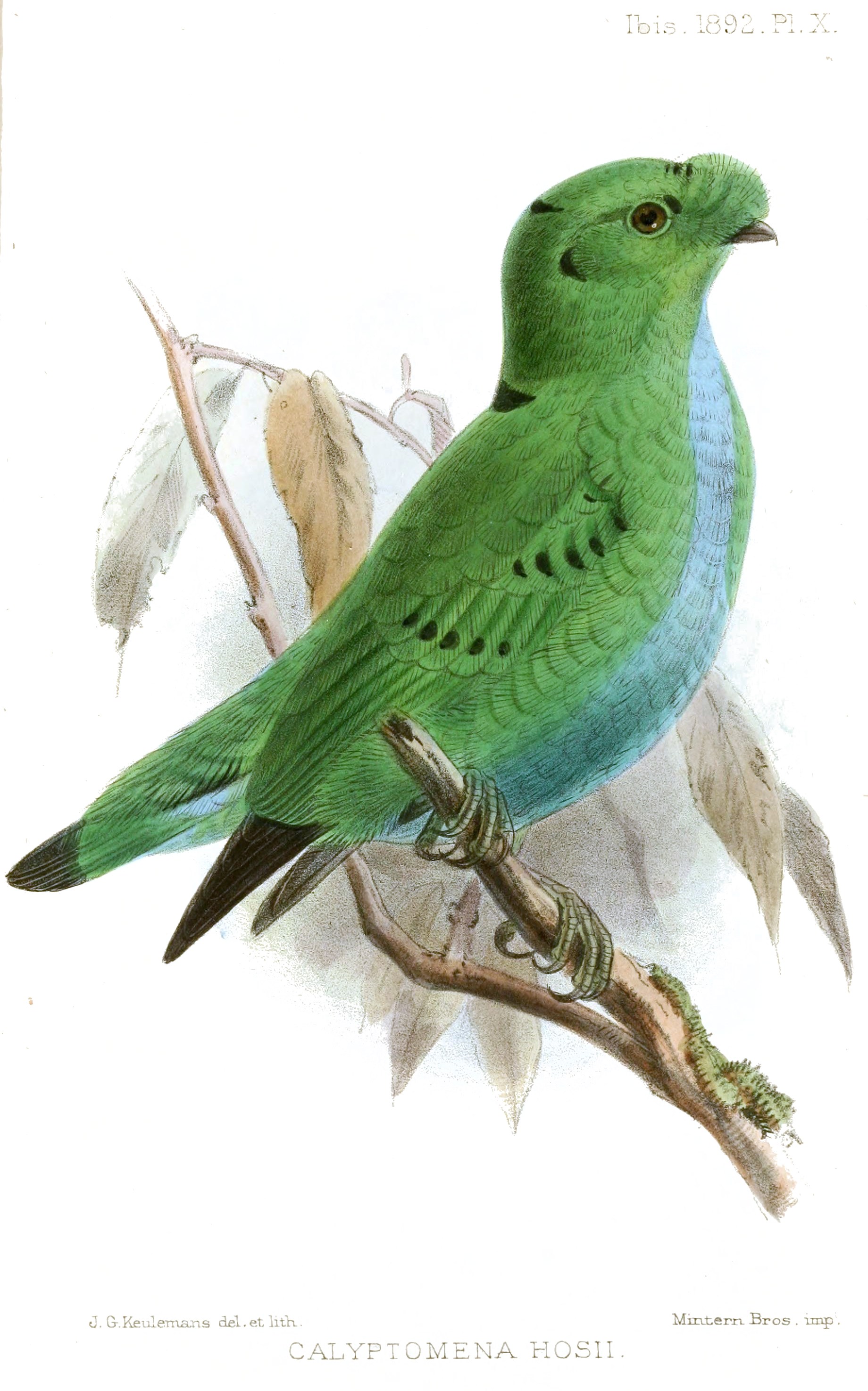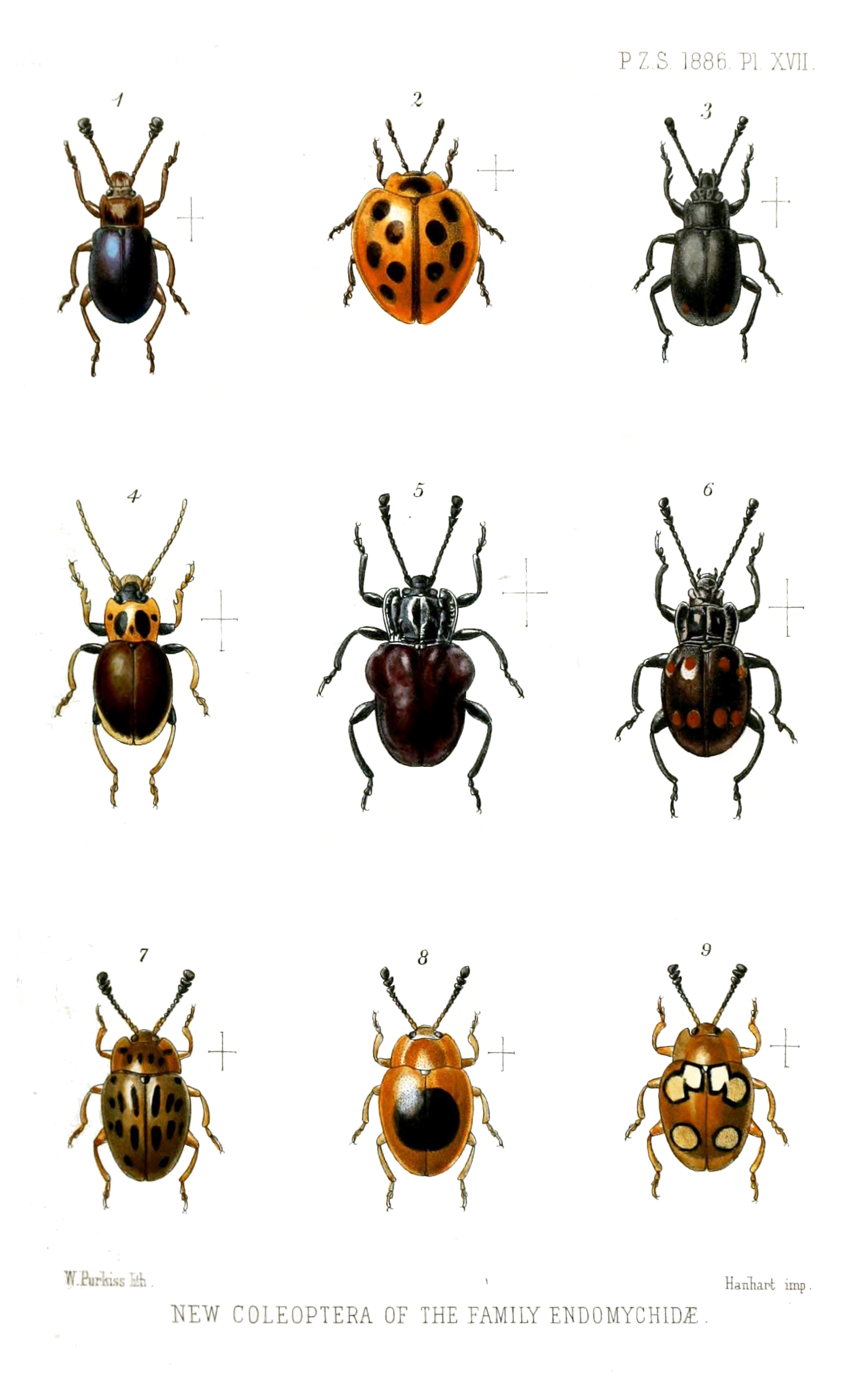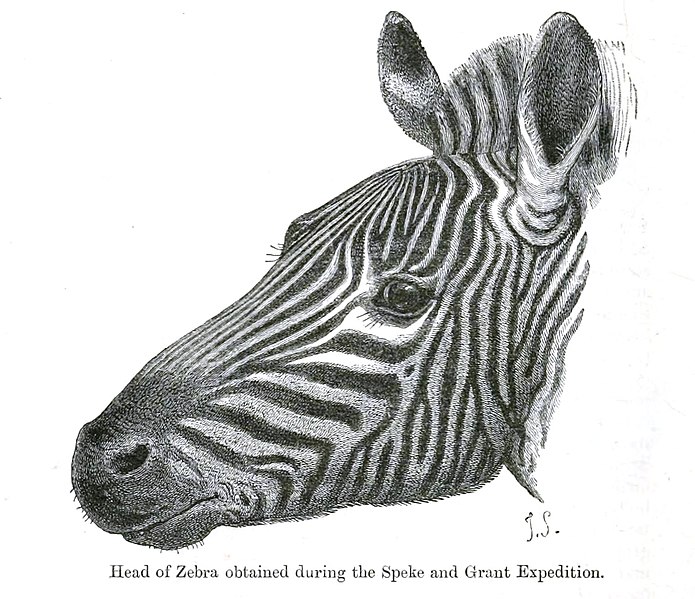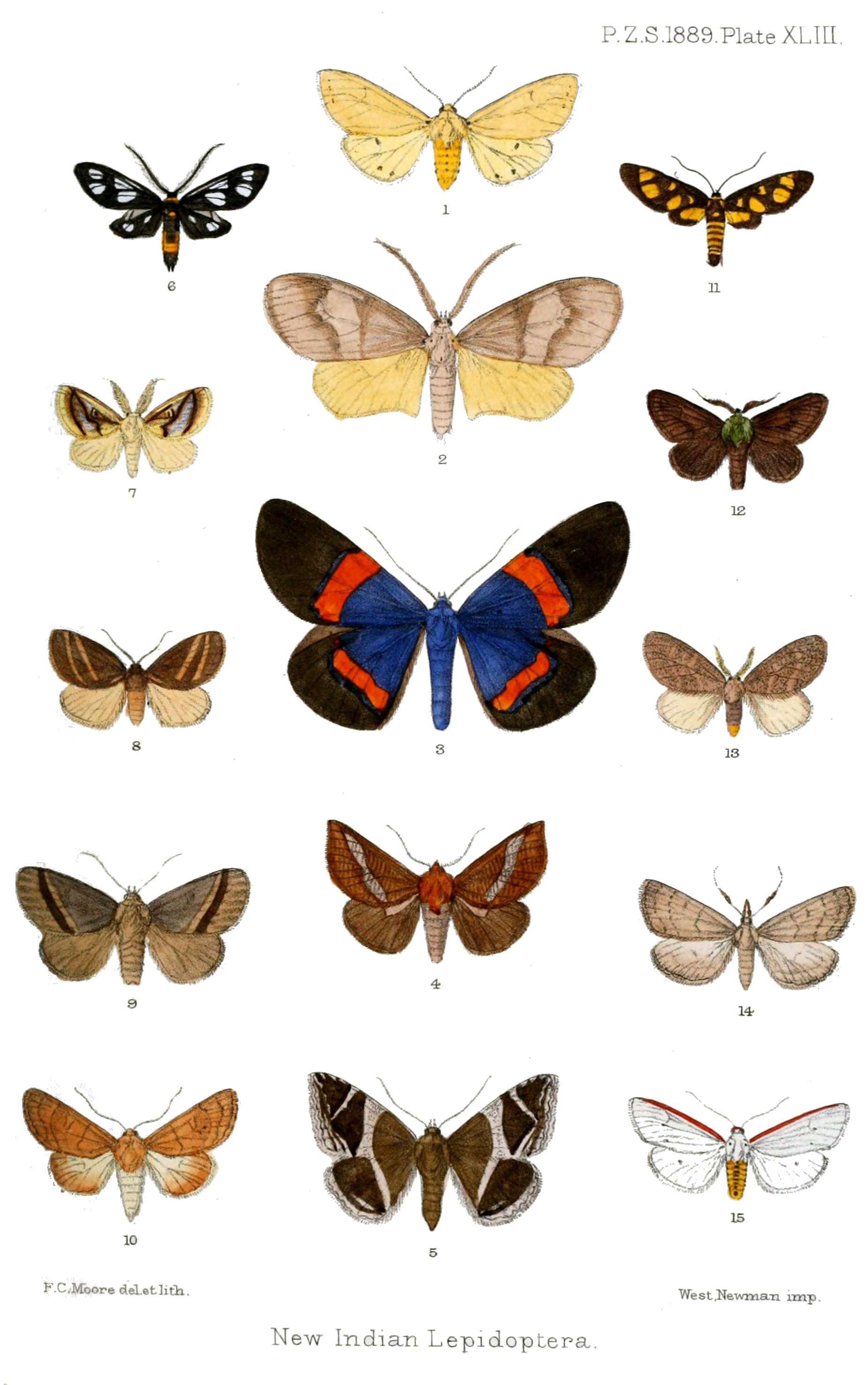Art in black and white is something that is always striking. In early times, when printing technology was still underdeveloped, the woodcut was the choice for illustration. Particularly interesting are the early illustrations of animals and plants. One of the earliest and best known examples of animal illustration printed using the woodcut technique was that of Albrecht Dürer. His rhinoceros of 1515 is something that has been widely written about. First done in ink (facing left) it was converted by the printmaking technique of the woodcut into a classic image (facing right due to the process by which it is made).
The BBC has a nice piece on the history of this rhinoceros and its significance.
Looking at the Proceedings of the Zoological Society of London in the 1840s gives one a good idea of how intricate the art of the woodcut had become by then. Print makers had moved from wood to limestone - using the technique of lithography. With colour washes and multiple impressions on paper they were able to produce colour prints or chromolithographs. The black areas were covered with wax or oil and the uncovered areas were treated with weak acid causing the areas to be depressed. The block was then painted using flat rollers and then pressed on to paper (once for black and white and multiple times for colour) to produce the prints. The process sometimes involved the use of a delineator, a colorist and a printer. One could argue about who among the three is the actual copyright owner here ! The process was expensive but the results were spectacular. The expense meant that journals like the Proceedings of the Zoological Society of London had options for subscribers to opt for versions with or without the plates. One of the downsides of the technique was in the representation of molluscs and crabs which are often not bilaterally symmetric. Most snail shells, for instance, are coiled so that when the apex is above the aperture opens to the right - so called dextral and only the rare few have left-handed coils (termed sinistral from which is derived the word sinister). Mirrored images aside, the masters of the art produced works that continue to have a life-like glow. Modern exponents like Robert Gillmor continue to produce such amazing works with modifications to this basic technique such as the Linocut.
Here is a sampling from the 19th century. Click on the images for viewing them in better resolution.
Here is a sampling from the 19th century. Click on the images for viewing them in better resolution.
G. H. Ford
Ford seems to have specialized in black and white illustrations of reptiles and amphibians.
 |
W. Mitchell
John Gerrard Keulemans (1842 - 1912)
|
|
|
W. Purkiss
|
Joseph Wolf (1820 - 1899)
|
Note: Smit (and possibly his son Pierre) was responsible for many of the woodcuts that are used in the Fauna of British India (edition 1) and reused in the Fauna of British India (edition 2) as well as in Ali & Ripley's "Handbook".
|
|
Frederic Moore (1830 - 1907)
Moore's greatest contribution to India was the Lepidoptera Indica, a work that he did not live to see to completion. Those who have seen the images in this work will not fail to be impressed. Most of the illustrations here were made by his son F. C. Moore. Moore senior also appears to have been artist, but it appears that considerable care is needed in identifying the works of the two. More than two hundred years later, the butterflies in his tomes seem almost ready to fly out of the pages.
Postscript
7 June 2011 - Found out that Frederic Moore's son was F. C. Moore
and the Biodiversity Heritage Library has completed the scanning of Lepidoptera Indica
The original scans are linked below
Volume 1 Volume 2 Volume 3 (copy of 3)
Volume 4 Volume 5 Volume 6 Volume 7
Volume 8 Volume 9 Volume 10
1 November 2011 - All the images from Lepidoptera Indica volumes 1 to 10 have been extracted and can be found under the following category on Wikimedia Commons
http://commons.wikimedia.org/wiki/Category:Lepidoptera_Indica
Further reading
* Allmon, WD (2007) The evolution of accuracy in natural history illustration. Archives of natural history 34 (1): 174–191.
* Terms and techniques
* Terms and techniques


























No comments:
Post a Comment